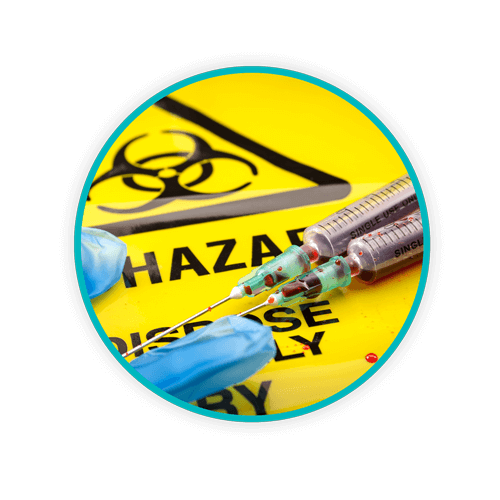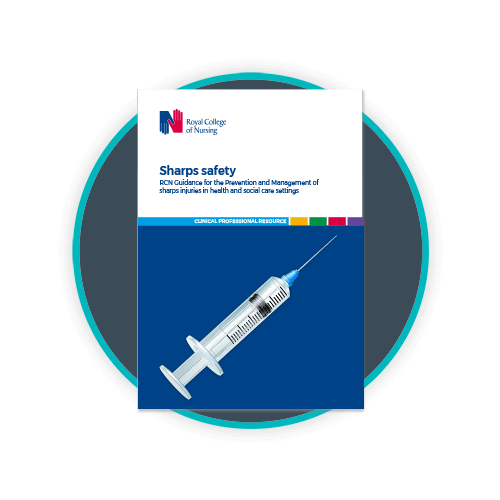What Is Sharps Waste?
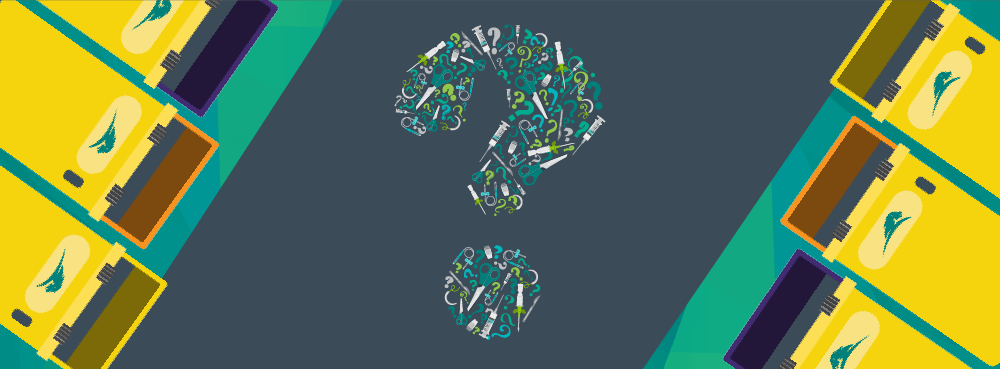
Editor’s note: This post was originally published in December 2023 and has been updated for accuracy and comprehensiveness.
Sure you’re most likely aware of what sharps waste is, but how many examples can you think of? Can you tell the difference between hazardous and non-hazardous sharps waste with certainty?
In this digestible guide to sharps waste, we cover that and more including the relevant regulations you should know about and some free resources to help you ensure safe and compliant sharps management in your organisation.
TOPICS WE WILL COVER:
3 / Are Sharps Hazardous Waste?
4 / Sharps Waste Regulations and Resources
5 / How Is Sharps Waste Disposed Of?
6 / Ensure Safe and Compliant Sharps Waste Management
What Is Sharps Waste?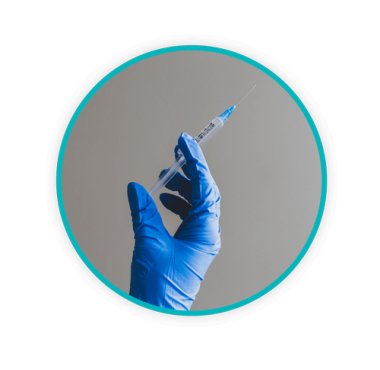
In the healthcare environment, sharps waste refers to discarded sharp items or objects with sharp edges that pose a risk of injury with the potential to pierce the skin.
If these items are used to administer medication or perform medical procedures, they can also be contaminated with blood or bodily fluids, posing a risk of exposure to infections such as blood-borne viruses and diseases if not handled properly.
To ensure safety, sharps waste needs to be disposed of in specific sharps containers designed to prevent accidental injuries.
Let’s expand our definition with some examples…
Examples of Sharps Waste
- Hypodermic needles and syringes: Used for injections, withdrawing fluids, and administering medications.
- Scalpels and blades: Used for surgery and other cutting procedures.
- Suture needles: Used for stitching wounds closed.
- Lancet devices: Used to prick the finger for blood sugar testing.
- Phlebotomy needles: Used for drawing blood.
- Broken glass items: Vials, ampoules, and test tubes.
Are Sharps Hazardous Waste?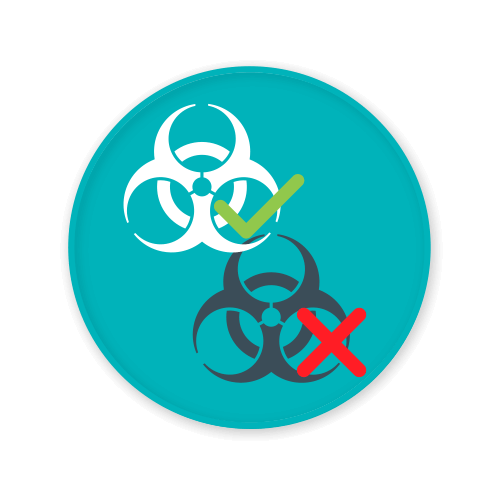
The Health Technical Memorandum (HTM) 07-01 points out that sharps wastes are not considered hazardous by themselves, but once used, many sharps wastes generated in a healthcare setting will be hazardous.
So let’s take a look at what sets them apart in a classic round of hazardous vs non-hazardous sharps waste…
Hazardous Sharps Waste
Any sharp object that has come into contact with potentially contaminated or infected blood, body fluids, or a substance that can carry bacterial or viral dangers is considered hazardous.
The HTM 07-01 lists the following types of sharps waste as being hazardous:
- Cytotoxic/cytostatic sharps.
- Infectious medicinally contaminated sharps.
- Used, non medicinally contaminated sharps.
Non-Hazardous Sharps Waste
Both uncontaminated sharps and medicinally contaminated (other than cytotoxic/cytostatic) sharps are considered non-hazardous.
It’s worth noting that even non-hazardous sharps should be handled with caution as they can still cause needlestick injuries.
Also, you should always report a needlestick injury whether or not the sharp has been used.
Sharps Waste Regulations and Resources
The healthcare waste industry is highly regulated and when it comes to sharps waste and sharps disposal, the Department of Health outlines the different types of sharps waste that can arise from healthcare settings and how to dispose of them safely and correctly.
Three critical resources for sharps waste guidance are:
- Royal College of Nursing’s Sharps Safety Guidance.
- Health and Safety (Sharp Instruments in Healthcare) Regulations 2013.
- Health Technical Memorandum 07-01: Safe and sustainable management of healthcare waste.
These resources cover various aspects of sharps and sharps waste………
Royal College of Nursing’s Sharps Safety Guidance
This document provides information on preventing sharps injuries in healthcare settings.
It covers key topics, including an introduction to sharps injuries, relevant laws and regulations, practical implementation steps, recommended actions for employers and healthcare workers, as well as references and additional resources for further information.
This resource aims to enhance awareness and safety measures related to sharps injuries in healthcare environments.
Health and Safety (Sharp Instruments in Healthcare) Regulations 2013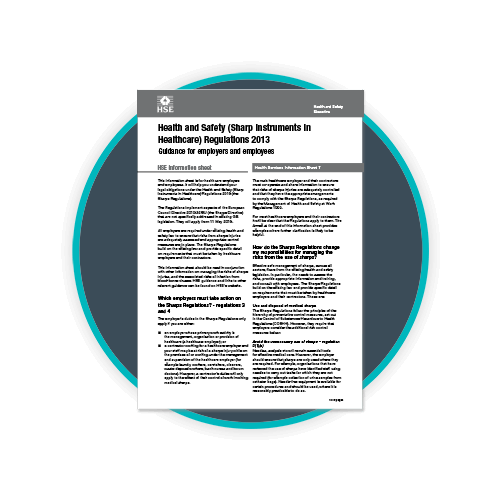
This document offers essential insights on compliance with regulations.
It outlines the responsibilities and obligations for both employers and employees within healthcare settings, focusing on the safe handling and disposal of sharp instruments. This guidance emphasizes the importance of risk assessment, the use of safety-engineered devices, proper training, and incident reporting.
By adhering to this guidance, employers and employees can ensure a safer healthcare environment while reducing the risk of sharps injuries.
Health Technical Memorandum 07-01: Safe and sustainable management of healthcare waste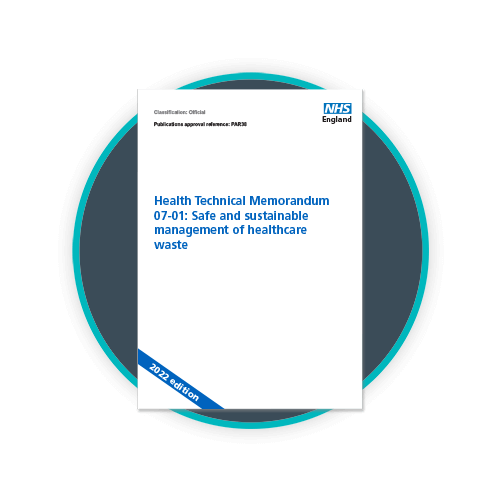
This document specifically addresses sharps waste management and highlights key considerations for healthcare facilities.
It provides information on the safe disposal of sharps waste, emphasising the importance of proper containment and segregation. The document outlines guidelines for the use of suitable containers, ensuring secure storage, and appropriate labelling.
By following this guidance, healthcare facilities can maintain a safe, sustainable, and efficient sharps waste management system, reducing the risk of injuries and contamination.
Now that the technical guidance documents are out of the way, here are some of the sharps-related resources we’ve created.
In line with the Sharpsmart mission of making healthcare safer, we’ve also created a number of resources that provide guidance on managing sharps waste and preventing needlestick injuries.
These include:
- Blog: Resources for preventing needlestick injuries.
- Blog: How to protect healthcare workers from sharps injuries.
- Poster: 11 Tips for preventing needlestick injuries.
- Poster: 8 Reasons to report a needlestick injury.
How Is Sharps Waste Disposed Of?
When it comes to correct sharps waste disposal, knowing which types of sharps go into which waste streams is the first step towards compliance. Colour-coded sharps bins are used to ensure correct segregation of the various types of sharps waste, they are as follows:
- Yellow lid: Sharps contaminated by a medicine other than cytotoxic and/or cytostatic components – may also include vials, ampoules, or medicine bottles.
- Purple lid: Sharps that have been contaminated with cytotoxic and/or cytostatic medicines.
- Orange lid: Sharps that haven’t been contaminated with a medicinal product.
Chapter 5 of the Health Technical Memorandum (HTM) 07-01 outlines the colour-coding and labelling procedures and other aspects of the technical approach to healthcare waste management.
Once you have taken the first step towards compliant sharps waste disposal, the next step is to consider the type of sharps containers you’re using…
Ensure Safe and Compliant Sharps Waste Management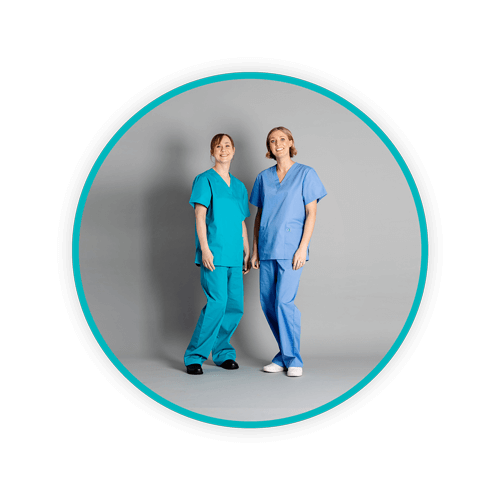
Whether you’re looking for guidance and advice or a reliable sharps waste disposal service that prioritises safety, we’re here to help.
Our clinical waste experts work with you and your teams within the four walls of your organisation to drive compliant sharps waste management that protects healthcare workers and patients.
If you’d like to discover how we can help improve your sharps waste management, please don’t hesitate to get in touch.

